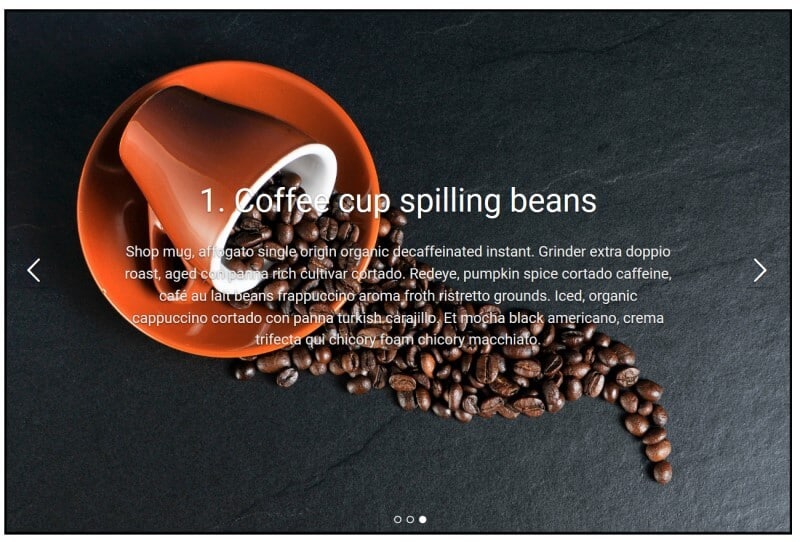

This may be a bit more unstable, or features may be in flux or temporarily unavailable, but those features that are available are the latest cutting edge.
 Download a current development snapshot. However it may not contain the latest updates. This is a stable release which is suitable for most tasks. Download the release version, which at the time of this writing is 2020.1. NVDA can be downloaded from the project’s homepage. If you like, you can even put the portable version onto a USB thumb drive and run NVDA from there, requiring no installation at all. Your system won’t be impaired by it, no video drivers will be installed. Moreover, it is light-weight yet powerful, and can be installed on both physical as well as virtual desktops. Unlike its commercial counterparts, which have to be purchased to be legally used for testing web sites, NVDA does not cost you any money. NVDA (Non-visual Desktop Access) is a free and open-source screen reader for the Microsoft Windows operating system.
Download a current development snapshot. However it may not contain the latest updates. This is a stable release which is suitable for most tasks. Download the release version, which at the time of this writing is 2020.1. NVDA can be downloaded from the project’s homepage. If you like, you can even put the portable version onto a USB thumb drive and run NVDA from there, requiring no installation at all. Your system won’t be impaired by it, no video drivers will be installed. Moreover, it is light-weight yet powerful, and can be installed on both physical as well as virtual desktops. Unlike its commercial counterparts, which have to be purchased to be legally used for testing web sites, NVDA does not cost you any money. NVDA (Non-visual Desktop Access) is a free and open-source screen reader for the Microsoft Windows operating system. 
While there are many tools available to check whether your pages are semantically correct, it is always helpful to also use a real screen reader to hear what your pages would sound like to a blind visitor. These are some of the tools available to visually impaired users who will benefit from your sites being accessible. This article aims to provide a guide to testing your web sites or web applications using both NVDA and Firefox.







 0 kommentar(er)
0 kommentar(er)
